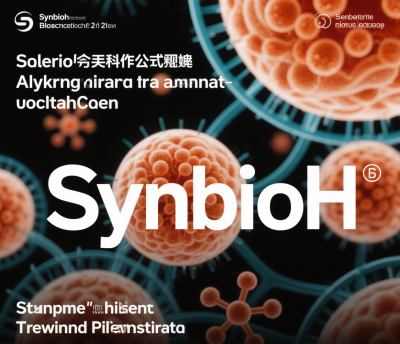
Decoding “SynBio H”: Multidimensional Interpretations and Contextual Analysis
The term “SynBio H” is not a standardized phrase in synthetic biology (SynBio), but its potential meanings can be inferred through technical branches, industry practices, and existing literature. Below is a multidimensional analysis:
I. Potential Abbreviation Expansions
- SynBio-Hybrid Systems:
- Bio-Abiotic Hybrid Designs: Integrating SynBio with nanotechnology, electronics, or materials science to create functional hybrid systems.
- Example: Engineered microbes combined with conductive nanomaterials for biosensors or energy conversion devices.
- Cell-Robot Interfaces: Magnetic nanoparticles or optogenetics enabling interactions between synthetic organisms and machines (e.g., targeted drug delivery robots).
- SynBio-Health:
- Precision Medicine & Gene Therapy: CRISPR-Cas9-designed genetic circuits for cancer treatment, gene repair, or personalized vaccines.
- Microbiome Engineering: Modifying gut microbiota to treat metabolic diseases or enhance immune responses (e.g., E. coli engineered to secrete anti-inflammatory molecules).
- SynBio-Host:
- Universal Chassis Development: Optimizing microbes (e.g., Pseudomonas putida, yeast) as standardized hosts for metabolic engineering.
- Synthetic Genome Hosts: Programmable hosts based on minimal genomes (e.g., JCVI-syn3.0) for complex genetic circuit integration.
- SynBio-Hierarchical Design:
- Modular Architecture: Hierarchical structuring of biological systems (physical → logical → system layers) using interchangeable parts (e.g., BioBricks) and AI-assisted assembly.
- Whole-System Simulation: Digital twin models predicting cellular behavior post-genetic edits.
II. Versioning or Subfield Categorization
- SynBio 8.0:
- Self-Evolving Biosystems: AI reinforcement learning enabling synthetic organisms to adapt iteratively to environmental changes.
- Quantum SynBio: Quantum dot-enabled DNA storage or light-controlled genetic switches for precise cellular regulation.
- SynBio-Horizon:
- Cross-Species Gene Transfer: Engineering organisms to transfer functional genes (e.g., pollutant degradation) for environmental remediation.
- Ethical Frameworks: International protocols for synthetic life forms (e.g., fully synthetic cells) balancing innovation and biosafety.
III. Industry or Project-Specific Terminology
- Corporate or Project Codes:
- “H” as “Human-Centric Applications”: Medical pipelines (e.g., Ginkgo Bioworks’ “H-Series” for gene therapy).
- Technical Platforms: “Hybrid Systems Toolkit” or “Host Optimization Suite.”
- Technical Taxonomy:
- Biosafety Level H: Regulations for high-risk hybrid systems or human trials.
- H-Type Metabolic Engineering: Optimizing heme or histidine pathways for lab-grown meat or enzyme catalysis.
IV. Typographical Errors or Conceptual Ambiguity
- Misspellings:
- SynBio-Hi-C: Chromatin conformation capture for synthetic genome spatial folding.
- SynBio-HTS: High-throughput screening with machine learning for mutant libraries.
- Misinterpretations:
- SynBio-HAC: Synthetic human artificial chromosomes for stable gene expression.
- SynBio-HGT: Engineered horizontal gene transfer raising ecological concerns.
Summary and Recommendations
“SynBio H” may refer to hybrid systems, health applications, host engineering, or hierarchical design, depending on:
- Technical Focus: Hybrid systems vs. medical applications.
- Applications: Industrial biomanufacturing vs. gene therapy.
- Industry Context: Links to companies (e.g., Synbio Technologies’ “HostX”) or initiatives (e.g., EU “Horizon Health”).
For precise clarification, provide technical documentation or related research context.
If you are interested in purchasing this domain, please contact: chuanchuan810@gmail.com





